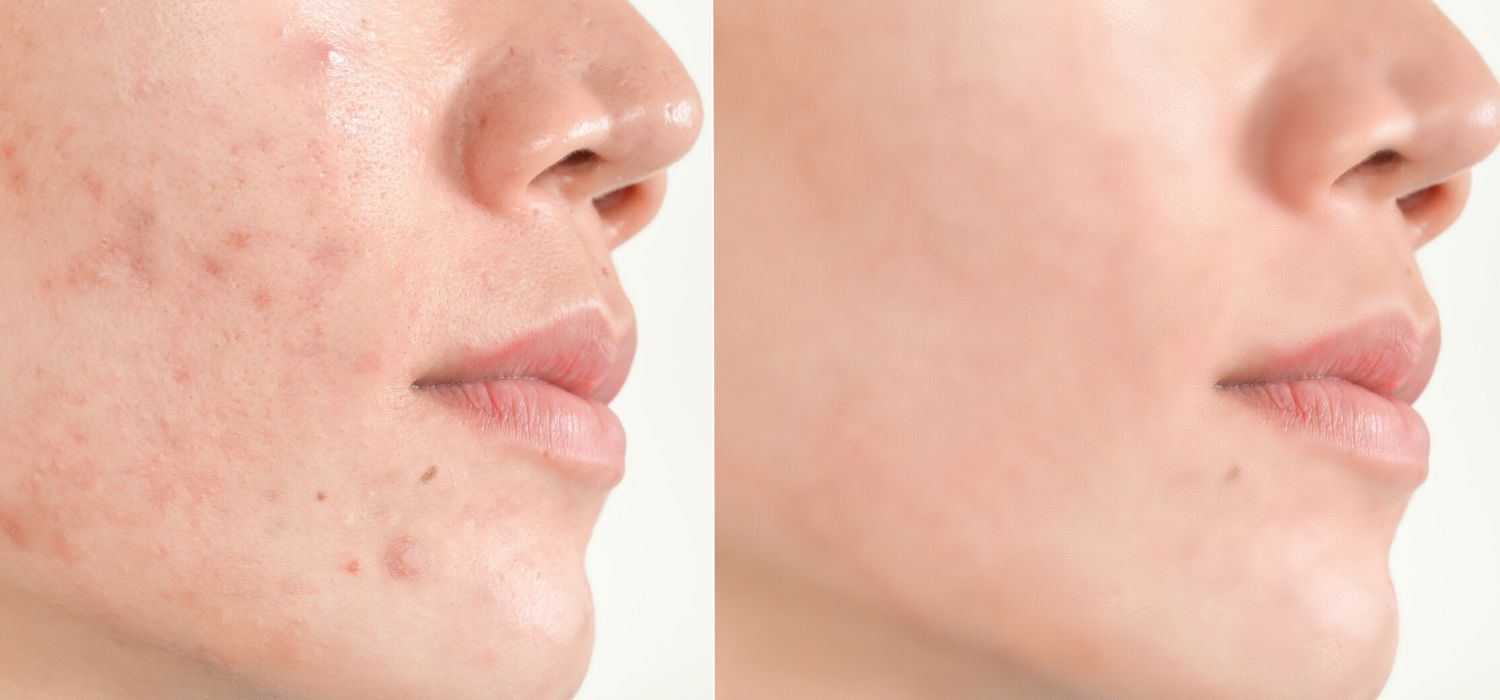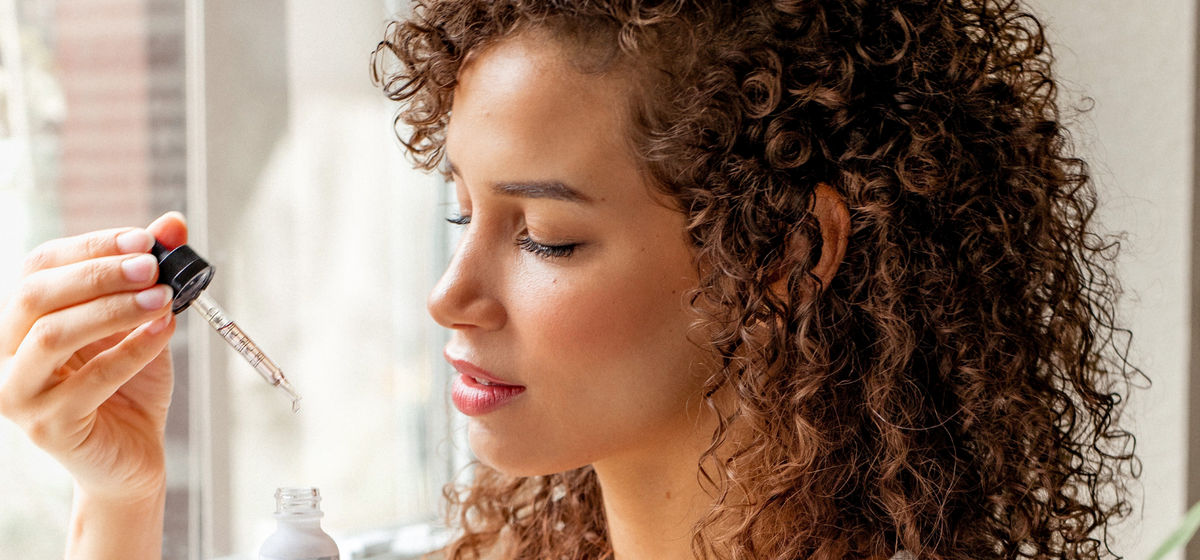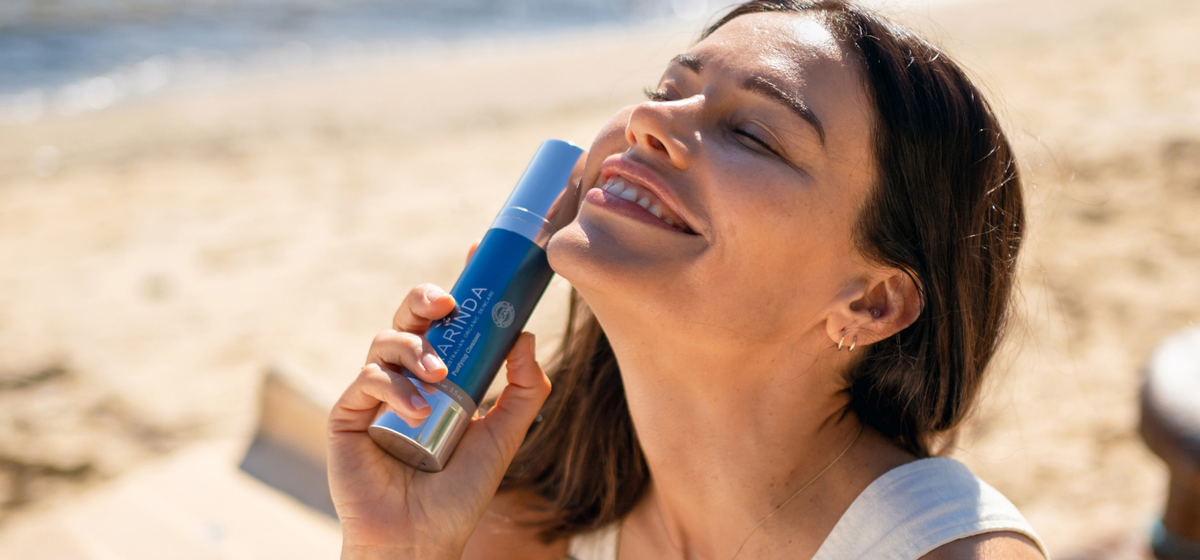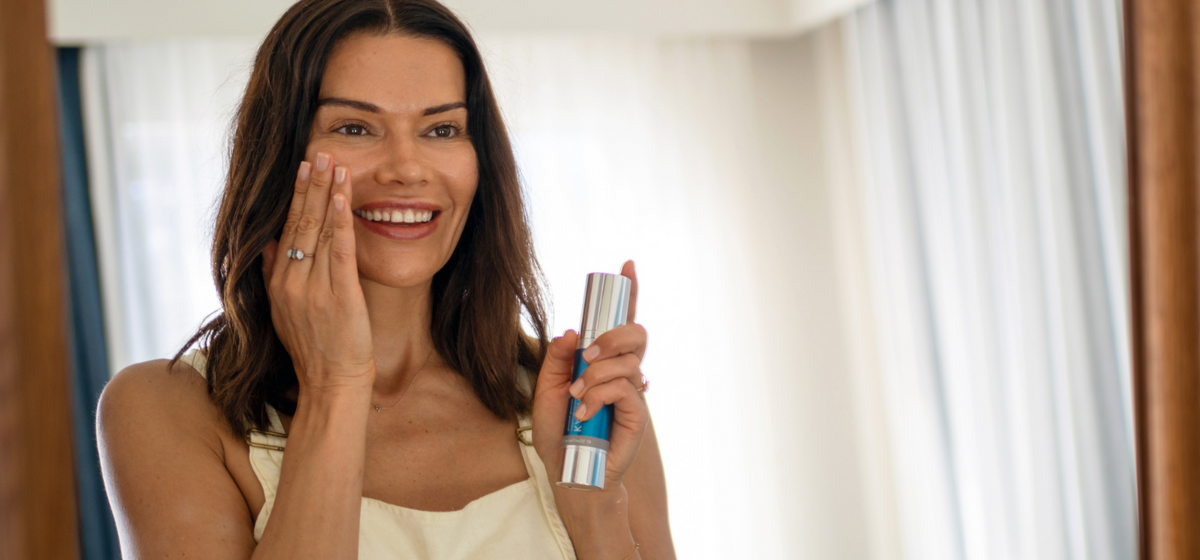Different Types of Acne And Treatments

From common blemishes to more aggressive forms, we cover the different types of acne and helpful ingredients to treat breakouts.
Blackheads and Whiteheads
These are the most common types of acne - most of us have experienced the appearance of pesky blackheads and whiteheads!
What is a blackhead?
Known as an ‘open comedone’ a blackhead is a pore that has become blocked with sebum, dead skin cells, and other debris. The top is open and exposed to the air which causes it to oxidise and turn black. It’s not black because the skin is ‘dirty’ which is a common misconception.
What is a whitehead?
A whitehead is known as a ‘closed comedone’. It’s a pore blocked just like a blackhead but it hasn’t opened up and been exposed to the air, so the head remains white or flesh coloured.
Mild cases of blackheads and whiteheads are relatively easy to treat with a great at-home routine.
If you’re experiencing serious clusters of blackheads and whiteheads, professional extraction can be an option. Some may also require over the counter medications or prescription treatments to help unclog the pores.
As tempting as it is, please don’t pick at or try to extract them yourself! Picking can cause the spread of bacteria to other parts of the face and the pore opening can become weak and increase in size.
Pimples: Papules and Pustules
Whether they’re triggered by hormonal changes, diet, the wrong skincare, or stress pimples are another form of acne many of us have experienced at some point. Left untreated, whiteheads and blackheads can also progress to this form of acne.
There are 2 types of pimples - papules and pustules.
Papules
These appear as small red bumps of the surface of the skin. Like all types of acne, they’re caused by pore blockages. The area can be swollen and if you run your finger across the skin it will feel bumpy.
Pustules
These are similar to papules but the centre is filled with a yellowish / white pus. They can be painful to touch and swollen.
If you’re dealing with a mild case, pimples are easily managed with an at home skincare routine and, in some cases, lifestyle changes.
As we mentioned earlier, stress or diet can trigger breakouts (even if you’ve got a great skincare routine) so it’s important to take a holistic approach to treatment if your breakouts won’t budge!
Again, more serious cases may need the intervention of prescription medication teamed with an at-home routine targeting acne. Picking at the skin will increase the likelihood of scarring, so hands off!
Cystic Acne and Nodules
The most severe types of acne are cysts and nodules, rooted deep beneath the skin’s surface.
Cystic acne
Characterised by painful and inflamed pus-filled bumps on the skin, cystic acne develops when pimples have burst open, spreading bacteria into the surrounding areas of skin. On the surface, cystic acne can look like big red boils that are soft to touch.
Nodules
Nodules are rooted deep within the skin too, but they don’t appear on the surface with a pus-filled centre like cysts. Skin is inflamed and nodules can persist over months, hardening within the skin.
These types of acne require professional treatment by a dermatologist coupled with medication and the right skincare routine.
Cystic acne and nodules often leave the skin scarred but that doesn’t mean the damage is irreversible. Keep reading for the best ingredients to treat different types of acne including scarring.
Ingredients And Tips To Target Acne-prone skin
Some of the milder forms of acne can be treated with a skincare routine alone. More severe cases will require a combination of prescription medications, professional treatments, and a targeted acne skincare routine.
All types of acne begin with the same issue - pores blocked with oil, dead cells, and other debris.
The best skincare routines for acne aim to keep pores clear, regulate oil production, and also nourish the skin.
Stick with a gentle cleanser
It might seem counterintuitive, but the worst thing you can do for oily, acne-prone skin is to strip it of all natural oils. A healthy level of sebum is important to keep the skin moisturised and when skin is over-cleansed it is triggered to create yet more oil to compensate.
Using a gentle cleanser won’t send the skin into oil production overdrive, instead, encouraging oil production to become more balanced with time.
Look for cleansers with antimicrobial properties to combat acne bacteria without over stripping the skin.
With anti-inflammatory and anti-acne properties, Davidson Plum is an excellent Australian botanical ingredient to target acne blemishes and clear pores.
It contains Tartaric acid which tackles blocked pores to clear congested, breakout prone skin while calming the appearance of redness and inflammation.
We recommend Karinda Purifying Cleanser
A gentle yet effective cleansing milk that removes makeup, dead skin and surface impurities while maintaining the skin’s natural oil balance. Contains Davidson Plum.
Exfoliate with Alpha Hydroxy Acids (AHAs) or Beta Hydroxy Acid (BHA)
AHAs and BHA have chemical exfoliation properties.
They work by “ungluing” the dead skin cells from the top layer of skin - keeping pores clean without the need for physically scrubbing the skin.
While some more severe acne conditions will benefit from beta hydroxy acid, it’s exfoliating properties may be too strong for some skin types.
Alpha hydroxy acids can be a gentle alternative - derived from fruit and milk sugars. There are different types of AHAs including glycolic acid, malic acid, citric acid, and lactic acid.
Don’t shy away from face oil!
Applying face oil to oily, acne-prone skin might sound like the worst thing you can do, but with the right blend of oils it can actually be one of the most beneficial!
Some excellent oils for breakout-prone skin include:
Jojoba Oil
Revered for its similarity to the skin’s natural oil (sebum) jojoba can help dissolve excess oil on the skin. This means it is excellent at balancing both breakout prone skin and dry skin.
Neroli Flower Oil
Targeting breakouts, the antibacterial properties of Neroli Flower oil make it a good choice for acne prone skin - it also helps regulate oil production and targets the redness associated with breakouts.
Sandalwood Seed Oil
It’s antiseptic properties treat acne and while delivering hydration needed by all skin types, including oily. It’s clarifying and toning actions help skin appear clearer and tighter. A gentle oil, it’s suitable for most skin types.
Target acne scarring
Natural oils and botanical ingredients we love to minimise and clear the signs of acne scarring include:
Kakadu Plum
This Australian native fruit is bursting with antioxidant benefits thanks to its sky-high concentration of vitamin C.
Vitamin C is a skin lightener which can help to reduce the look of scarring and hyperpigmentation as well as inhibiting melanin production which evens out skin tone.
We use Kakadu Plum in our Rejuvenating Serum, Nourishing Moisturiser, Purifying Cleanser and Sacred Youth Oil.
Rosehip Oil
Regenerates, heals, brightens and evens out the skin all while helping with anti-aging, elasticity, and collagen production.
We use Rosehip Oil in our Sacred Youth Oil.
If you have any questions about how to deal with acne, our team is here to help! Leave us a comment below or get in touch on customercare@karinda.com.
Leave a comment
Comments will be approved before showing up.
Also in News

3 Big Skincare Mistakes You Don't Want To Make

Active Ingredient Percentages: What You Need to Know


